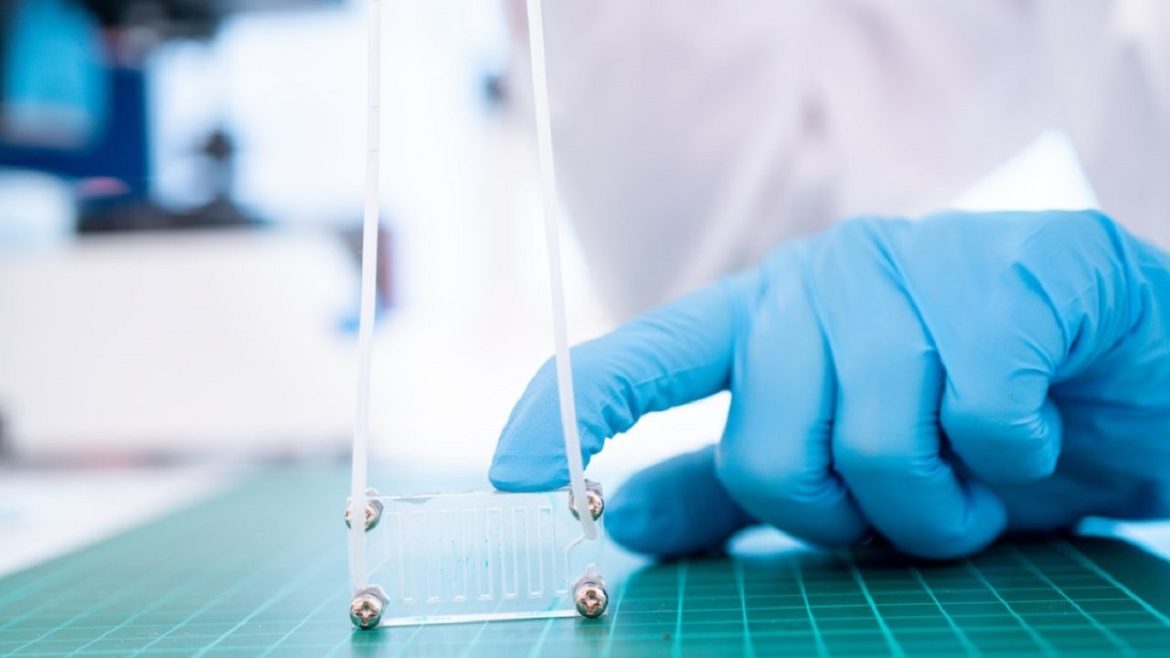When it comes to developing medical devices, precision and safety are paramount. From surgical instruments to diagnostic equipment, the materials used in medical device prototyping play a critical role in ensuring the product’s effectiveness and reliability. In this article, we’ll explore the importance of choosing the right materials for medical device prototyping and the factors that guide this crucial decision. Check out the website if you want to learn more about medical device prototyping: https://www.kemalmfg.com/industries/medical-devices/
Material Selection: A Critical Step in Prototyping
The first step in the journey of creating a successful medical device is prototyping. Prototypes serve as the initial physical models that allow engineers and designers to test concepts, evaluate functionality, and identify potential design flaws. Choosing the appropriate materials for these prototypes is a decision that significantly influences the development process.
Factors to Consider
Several factors must be carefully considered when selecting materials for medical device prototypes:
Biocompatibility
Medical devices often come into contact with the human body. Therefore, it’s crucial to choose materials that are biocompatible, meaning they do not elicit harmful reactions or toxic responses when in contact with living tissues. Materials like medical-grade silicone rubber, certain plastics, and stainless steel are known for their biocompatibility.
Mechanical Properties
Different medical devices have varying mechanical requirements. For example, surgical instruments need to be sturdy and durable, while prosthetic components may require flexibility. Material selection should align with the specific mechanical properties needed for the device’s intended use.
Sterilization Compatibility
Medical devices must be sterilized to ensure they are free from harmful microorganisms. The chosen materials should be compatible with common sterilization methods, such as autoclaving, gamma radiation, or ethylene oxide (ETO) sterilization.
Chemical Resistance
Exposure to various chemicals and bodily fluids is common in the medical field. Materials should resist corrosion, degradation, or chemical reactions when in contact with these substances. Stainless steel and certain plastics excel in this regard.
Tolerances and Precision
Many medical devices require tight tolerances and precision in manufacturing. Materials that can maintain their dimensional stability and integrity during machining and assembly are essential for achieving these tight tolerances.
Commonly Used Materials
Several materials are commonly used in medical device prototyping due to their favorable properties:
Stainless Steel
Renowned for its strength, corrosion resistance, and ease of sterilization, stainless steel is often chosen for surgical instruments, dental tools, and implantable devices.
Medical-Grade Plastics
Plastics like polyethylene, polypropylene, and polycarbonate are lightweight, durable, and biocompatible. They are frequently used in medical device components and casings.
Silicone Rubber
Known for its flexibility, elasticity, and biocompatibility, silicone rubber is a top choice for molding complex geometries and producing soft, medical-grade components.
Titanium Alloys
These alloys offer exceptional strength and biocompatibility, making them suitable for implantable medical devices such as artificial joints and dental implants.
Customization and Prototyping
One advantage of modern manufacturing techniques is the ability to customize materials to meet specific medical device requirements. Advanced processes like additive manufacturing (3D printing) allow for the creation of intricate prototypes using a wide range of materials, opening up new possibilities for design and innovation.
Conclusion
In the world of medical device prototyping, material selection is a decision that cannot be taken lightly. It requires a deep understanding of the device’s intended use, mechanical requirements, biocompatibility needs, and sterilization compatibility. By choosing the right materials, engineers and designers can ensure that their medical device prototypes meet the highest standards of quality, safety, and functionality. Whether it’s surgical instruments, diagnostic equipment, or implantable devices, the right materials are the foundation of successful medical device development.
